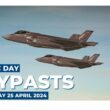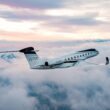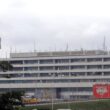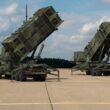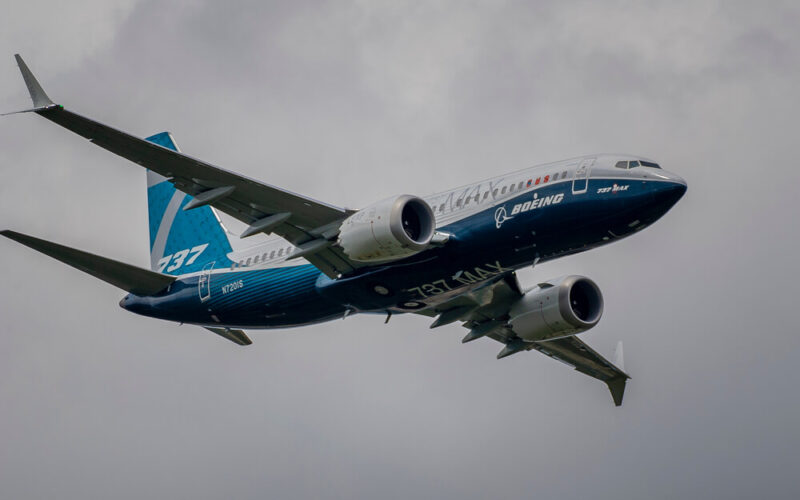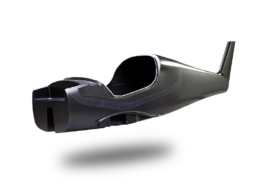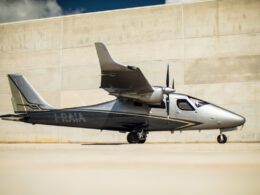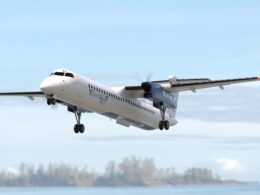As reports indicated that Boeing plans to begin flight testing the fixed 737 MAX as early as late-June 2020, hoping for certification as the summer ends, the plane is inching ever-closer to being ungrounded. After almost a year and a half of being prohibited from operating any commercial flights, the “gamechanger” aircraft had quite a reputation in the public eye. Airline executives, especially in the United States, were aware of this and publicly stated that if passengers felt uncomfortable about flying the MAX, they could switch their tickets for another flight on a different aircraft type free of charge.
“If people need any kind of adjustments we will absolutely rebook them,” stated the now-former chief executive officer of United Airlines, Oscar Munoz. The now-chairman of the Chicago-based carrier overlooks a fleet of 14 Boeing 737 MAX aircraft. 171 are still on order, according to Boeing’s commercial aircraft data.
But not only had the passengers felt betrayed by Boeing’s newest narrow-body. Despite its symbolism as a reliable and a true pilots’ aircraft throughout its 53-year history, the 737 became the face of a debate whether software now has too much power, per se, in an aircraft.
Surprising reaction of 737 MAX pilots
“The best example of” how too much faith in systems could alter the course of the aviation industry, told me Tom Dieusaert, author of the book Computer Crashes: When airplane systems fail. While the book was primarily about the Air France Flight 447 crash over the Atlantic Ocean, Dieusaert added an extra chapter about the two 737 MAX crashes, exploring the story of the events that claimed the lives of 347 people.
“In December 2018, I spoke with some pilots [of the 737 MAX]”, said the author. “To my surprise, they were totally surprised, angry and baffled” about the MCAS system onboard the aircraft, without Boeing putting any information about it on the Flight Crew Operating Manual (FCOM).
While they had issues with MCAS itself, the main problems came from the fact that “they did not know about it and the lack of training,” explained Dieusaert. One of the main selling points of the 737 MAX was the fact that Boeing offered airlines a very easy process of transferring over to the newest type from the Next Generation (NG), a previous generation of the 737.
“After a one-day course and one flight with an instructor, plus one hour of training on an iPad to learn the new features — especially new navigational features — you were fit to fly the MAX,” an Aerolíneas Argentinas 737 MAX Captain, Martín Villagra, was quoted in the book. Now, the process has shifted. In January 2020, Boeing stated that it is now recommending pilots to undergo simulator training before operating the aircraft commercially.
The main critique from the pilots’ perspective was the fact that they “were completely left in the dark,” noted Dieusaert.
“For me, Boeing betrayed us with the MCAS,” stated Villagra. “Commercial planes are not 100% error-free. But in this case, a feature was introduced onto this aircraft and deliberately hidden from the pilots and the regulators. This is unforgivable for Boeing.”
Second accident for changes to come
“It was interesting that after the [Lion Air Flight JT610 – ed. note] accident, the plane was not grounded,” noted Dieusaert. “If you have a problem with a Volkswagen, either dieselgate or an airbag, all these models are recalled to the factory. And planes, they just keep on flying,” he added.
“All these pilot unions worried about it openly and still there had to be a second accident before people were taking notice.”
After the Ethiopian Airlines 737 MAX crashed, though, changes started to happen. According to the author, people that previously dismissed the idea that automation can potentially cause problems in the industry were now having second thoughts.
“An obscure, possibly futuristic idea became a reality.”
But baffled and angry pilots were also a problem for Boeing, as they were the ones who were operating the aircraft. Flight attendants in the United States also raised concerns.
“We have been clear throughout this process and repeatedly in public forums, that we will not work the 737 MAX until and unless we have full assurance from regulators around the world, our colleagues in the flight deck, engineers, and our airlines that the 737 MAX is safe,” stated Sara Nelson, president of Association of flight attendants-CWA in October 2019.
The company attempted to fix the relationship with the MAX’s pilots, indicated Dieusaert. Pilots were welcomed to a presentation in the United States, where the manufacturer toured aircrews around the aircraft and its fixed software, indicating that everything was going to be okay, according to the author.
“At that point, you’re talking about March or April 2019, Boeing and everyone was still thinking that it will be flying in a few months’ time,” added Dieusaert. Pilots, who went to the presentation, told him that the new updates looked pretty good. “They explained the checklists, they linked to two [Angle of Attack – ed. note] sensors, made it so that the system had a redundancy,” he said. And most importantly for Boeing, it seemed to work.
“I do not think they have a problem with the aircraft in itself. It is not like that they are saying that “I do not want to fly this aircraft ever again.” They are quite confident about it,” explained the author.

